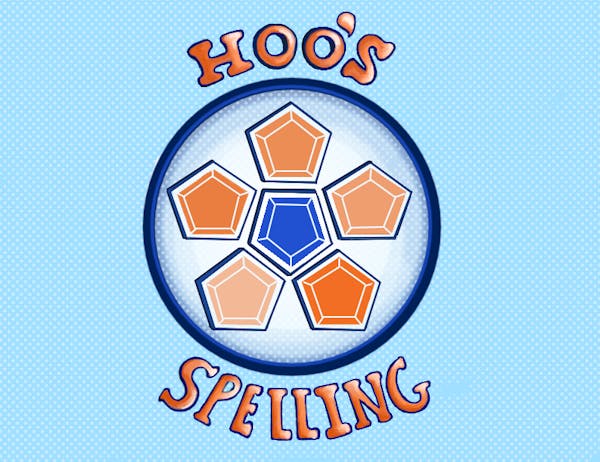THE ULTIMATE endeavor at this University is without a doubt to be more like Thomas Jefferson. From student to professor to administrator, all hear and echo the cry "What would Mr. Jefferson do?" Sure enough, this is one of the central tenets of the current debate on the University's architectural plan and the effort by many of the Architecture School's faculty to have it reanalyzed. They argued in an open letter last week that many new buildings around Grounds are merely copies of Jefferson's style and therefore run counter to his vision of progress and the exploration of new ideas. The real question, however, is not what would Jefferson do, but instead what he did. After all, from his writings to his plans for the University, did not Jefferson borrow frequently and heavily from those who came before him?
The basic argument coming from many faculty members of the Architecture School is summed up in their Sept. 7 letter published in The Cavalier Daily: That "there is a fundamental schism" between what is taught and what is practiced at the University, resulting in "buildings that merely look Jeffersonian as opposed to the infinitely more difficult task of being Jeffersonian." By seemingly copying the architectural style of Jefferson, they argue, little of value is actually added. Instead, architects around Grounds should be able to more freely explore different styles outside red brick and white columns.
What exactly does it mean to be Jeffersonian, however? According to University Architect David Neuman, Jefferson's original style was "neo-classical and Palladian," and was to a large extent based on his travels in France and his own college experience at the College of William & Mary as well as Williamsburg in general. In using this style, Jefferson "was borrowing from reinterpretations of classicalarchitecture." In other words, Jefferson borrowed extensively from Europe and from what he saw around Virginia, all of which in turn was borrowed from what they thought classical Greece and Rome looked like.
On a similar note, when examining some of Jefferson's writings -- most notably the Declaration of Independence -- it can easily be seen that he borrowed extensively from authors who came before him. In fact, nothing new can really be done without building on or refuting previous works. It is easy to make the jump to copying and thus cheating, and this is what some of the Architecture faculty have done in criticizing the University's construction plans, for example, the new Special Collections Library. Neuman refutes this idea, however, by pointing out that "there is no building that exactly imitates Jefferson's style." These new buildings merely borrow from it -- which is exactly what Jefferson did in the first place.
One other main focus of the Architecture faculty is that buildings should be designed to accommodate "the needs of its occupants," namely the students and staff who live and work in them. Part of this objective, therefore, is that everything must fit together in some sort of recognizable whole. Yet how can this happen if there is a tremendous difference between architectural styles around Grounds? After all, the Lawn and Rotunda area have remained largely unchanged since Jefferson's times and still serve the same basic purpose. Does it not make sense to expand on this rather than create something entirely different and then attempt to merge the two?
One of the major construction projects that differs from Jeffersonian style, and one which the Architecture faculty seems to approve of as it gave the architects a Thomas Jefferson medal in 2003, is the Hereford dormitory complex. Though well-designed and perhaps good looking from the outside, the interior is completely contrary to Jefferson's ideals. Rather than build a community of relationships and learning, the individualistic style with many single rooms, tiny windows, and general austerity instead promotes isolation. As Neuman pointed out, the architects designed Hereford "from the outside in rather than the inside out."
Architecture around Grounds is a debate that pops up over and over again as new buildings are constructed or old ones expanded. Critical to the debate is the fact that these buildings are part of an overall whole that is the University, and that they must add to this whole while as well as complement it. It is utter folly to argue that borrowing from Jefferson's original style is a cheap form of copying because no two buildings are alike or serve the same purpose, nor can something completely different be effectively merged. New buildings around the University must therefore continue to complement and build on the landscape and existing structures, or else risk damaging the idea of the academic community as a whole.
Allan Cruickshanks' column appears Fridays in The Cavalier Daily. He can be reached at acruickshanks@cavalierdaily.com.






